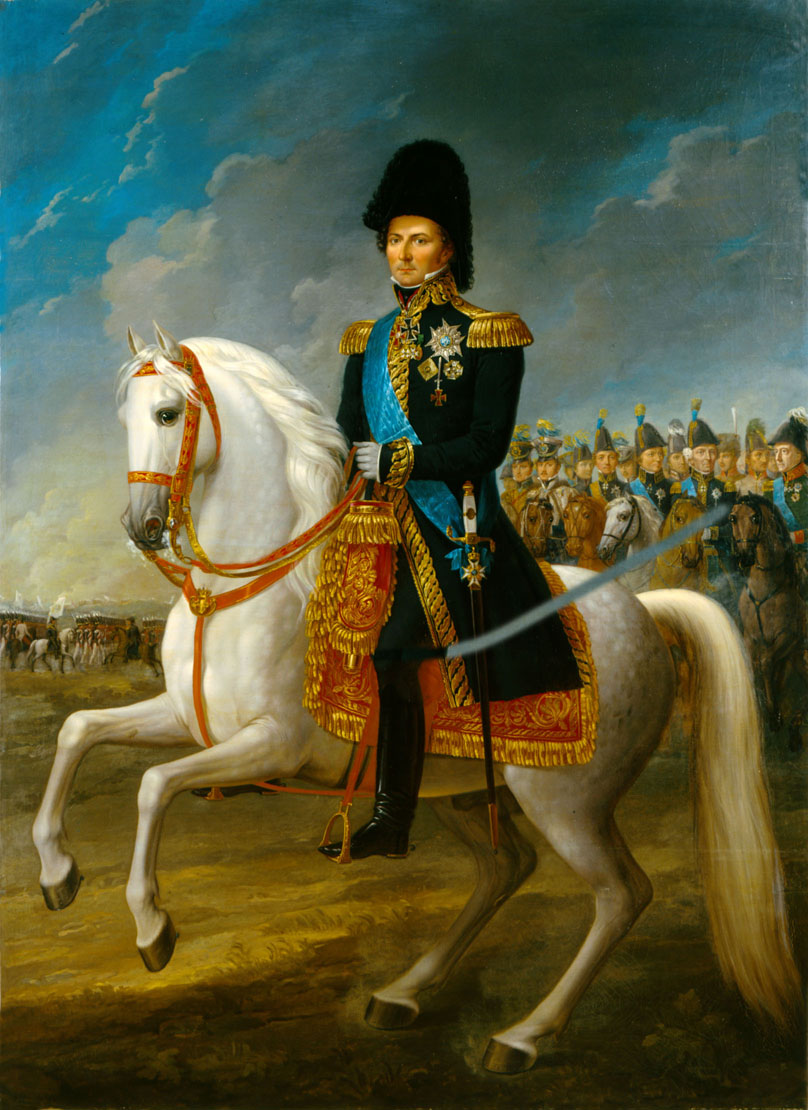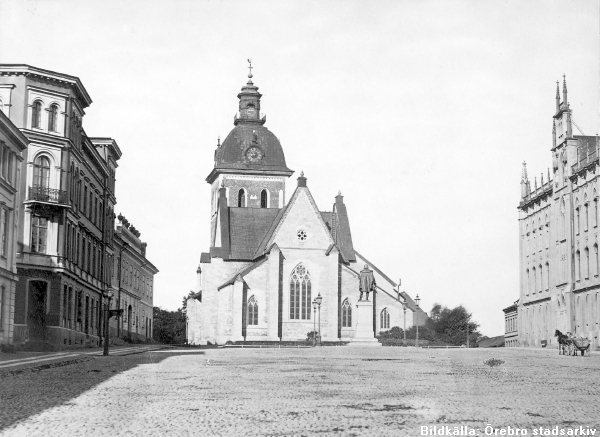July 30 in Swedish history
The beginning of the Bernadotte dynasty in Sweden
-
 In 1810, at an extraordinary session of the Swedish Riksdag in Örebro, French marshal Jean Baptiste Bernadotte becomes the heir to the Swedish throne. Later on he becomes Karl XIV Johan of Sweden. The Bernadotte family is still on the throne in Sweden to this day. Here he can be seen in a painting by Fredric Westin.
In 1810, at an extraordinary session of the Swedish Riksdag in Örebro, French marshal Jean Baptiste Bernadotte becomes the heir to the Swedish throne. Later on he becomes Karl XIV Johan of Sweden. The Bernadotte family is still on the throne in Sweden to this day. Here he can be seen in a painting by Fredric Westin. -
-
July 30 in Swedish history
1810: A session of the Swedish Riksdag opens in the small town of Orebro, a country town of just over 3,000 inhabitants - an extraordinary parliament to elect a successor to the throne. The childless Karl XIII, older brother of Gustav III, whose earlier adopted son, Crown Prince Karl August died earlier the same year in a riding accident was to adopt a new heir to the throne. -
 Nikolaikyrkan, Örebro. The Nikolai church in Örebro which was used as Hall of State during the 1810 extraordinary parliament. Photo from 1870 / Örebro Stadsarkiv.
Nikolaikyrkan, Örebro. The Nikolai church in Örebro which was used as Hall of State during the 1810 extraordinary parliament. Photo from 1870 / Örebro Stadsarkiv. -
-
There were several candidates but after deliberations in a secret committee the government brought a proposal to the sections of parliament on August 17, which was ratified the next day by the three chambers of commoners and the nobility. The French marshal Jean Baptiste Bernadotte (1763-1844) was chosen as heir to the Swedish throne under the name Karl Johan, later to be Karl XIV Johan. The election marked the end of the Holstein-Gottorp dynasty and the beginning of the present Bernadotte dynasty on the Swedish throne. Before Bernadotte became Crown Prince, later King of Sweden, he was also Sovereign Prince of Pontecorvo in Southern Italy between 1806-1810.
-
When the Parliament arrived in Örebro it meant that the town’s population temporarily rose with almost 1,000 people. Örebro was selected partly due to its central location and partly to comply with the regulation that no foreign envoy may be present inside a 100 km radius when a new successor to the Swedish throne was to be elected.
-
-
-
